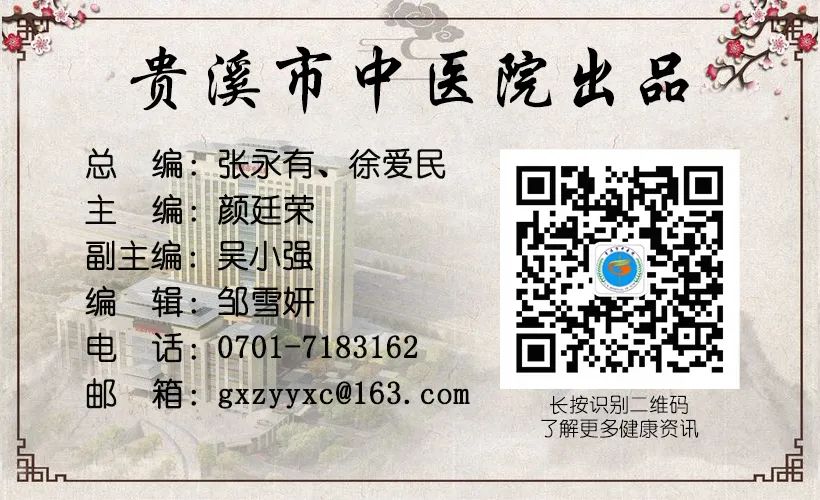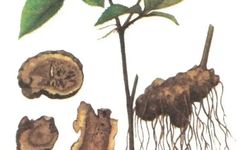
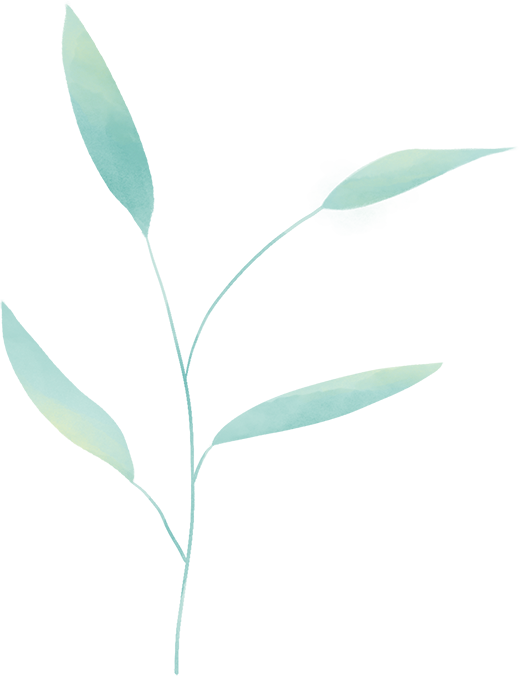
Cang Zhu (Atractylodes)
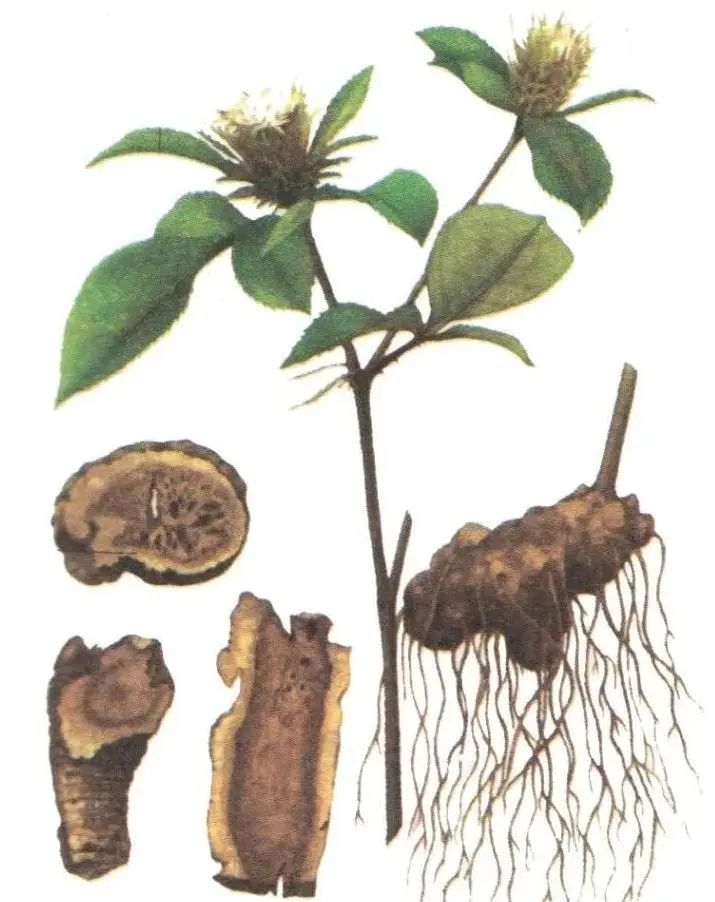
When it comes to Cang Zhu, many may find it unfamiliar, but Bai Zhu (White Atractylodes) is well-known! In ancient times, the foundational text of Chinese herbal medicine, the Shen Nong Ben Cao Jing, did not differentiate between Bai Zhu and Cang Zhu, referring to “Zhu” as a superior medicine. It was not until the Southern and Northern Dynasties that Tao Hongjing made a distinction in the Ben Cao Jing Ji Zhu, stating that Chi Zhu (Red Atractylodes) has fine, leafless branches, small bitter roots, and is rich in resin, which refers to Cang Zhu. The name Cang Zhu began to be used in later texts such as the Zheng Lei Ben Cao.
Identification
This product is the dried rhizome of the Asteraceae plant Atractylodes lancea (Thunb.) DC. or Atractylodes chinensis (DC.) Koidz. Harvested in spring and autumn, cleaned of soil, dried, and the fibrous roots removed.
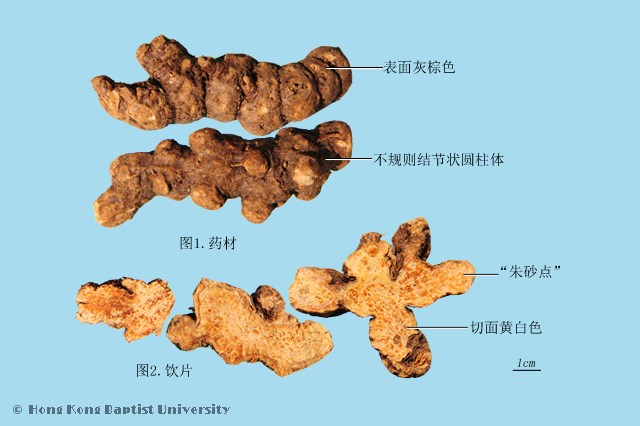
The rhizome of Cang Zhu is used as a spleen-strengthening herb, characterized by its bitter, warm, and pungent properties, effective in drying dampness, transforming turbidity, and alleviating pain. This species has many commercial names, such as Han Cang Zhu and Mao Zhu (Mao Cang Zhu); however, these can generally be divided into two categories: Northern Cang Zhu and Southern Cang Zhu. Among the Southern Cang Zhu, the Mao Zhu produced in Jurong County, Jiangsu Province, is of the highest quality. The term Northern Cang Zhu is actually a mixed concept, encompassing not only Cang Zhu itself but also other species of the Atractylodes genus produced in the north, such as Guan Cang Zhu.
Characteristics
Mao Cang Zhu appears irregularly bead-like or nodular cylindrical, slightly curved, occasionally branched, measuring 3-10 cm in length and 1-2 cm in diameter. The surface is gray-brown, with wrinkles, transverse grooves, and residual fibrous roots, with the top having stem scars or remnants of the stem base. The texture is solid, with a cross-section that is yellow-white or gray-white, scattered with numerous orange-yellow or brown-red oil chambers, which may exude fine white needle-like crystals upon prolonged exposure. The aroma is distinctive, with a slightly sweet, pungent, and bitter taste.
Bei Cang Zhu appears in lump-like or nodular cylindrical shapes, measuring 4-9 cm in length and 1-4 cm in diameter. The surface is black-brown, turning yellow-brown when the outer skin is removed. The texture is relatively loose, with a cross-section scattered with yellow-brown oil chambers. The aroma is milder, with a pungent and bitter taste.
Preparation
Cang Zhu is cleaned of impurities, washed, soaked, sliced thickly, and dried.
Properties and Channels
Pungent, bitter, and warm. It enters the spleen, stomach, and liver channels.
Functions and Indications
Dries dampness and strengthens the spleen, dispels wind and cold, and brightens the eyes. It is used for damp obstruction in the middle jiao, abdominal distension, diarrhea, edema, beriberi, rheumatic pain, wind-cold colds, night blindness, and blurred vision.
Dosage
3-9 g.
Storage
Store in a cool, dry place.
Effects and Actions
Traditional Chinese Medicine (TCM) holds that Cang Zhu is pungent, bitter, and warm, entering the spleen, stomach, and liver channels. It has the effects of drying dampness and strengthening the spleen, dispelling wind-dampness, and has beauty benefits such as weight loss and promoting healthy hair. It can be used for abdominal distension, loose stools, and wind-heat dampness. Additionally, Cang Zhu is beneficial for those with spleen deficiency and excess dampness, aiding in weight loss.
1. Dispels Wind and Overcomes Dampness
Cang Zhu is warm in nature, capable of drying dampness and strengthening the spleen, and when combined with heat-clearing herbs, it is effective in eliminating damp-heat, making it a key herb for dispelling wind-dampness. It can be used for rheumatic diseases or rheumatoid conditions with cold pain. For example, in cases of rheumatic headache, shoulder pain, or low back pain, Cang Zhu can help expel dampness and cold evils from these areas. When combined with Ma Huang (Ephedra) to release the exterior and open the pores, the effect is enhanced. The Ma Huang Jia Zhu Tang is a famous formula that combines Ma Huang Decoction with Cang Zhu.
2. Strengthens the Spleen and Stops Diarrhea
Due to Cang Zhu’s stronger damp-dispelling ability compared to Bai Zhu, it is generally used for acute diarrhea rather than Bai Zhu, which is more suitable for chronic diarrhea due to spleen deficiency and heavy dampness. For acute diarrhea that comes on suddenly, Cang Zhu is remarkably effective.
3. Clears Obstacles and Brightens the Eyes
Cang Zhu can be used for eye diseases such as internal and external obstructions, night blindness, and other visual impairments, often used in conjunction with black sesame or pig liver.
4. Dispels Dampness and Aids Weight Loss
Cang Zhu can address both the symptoms and the root cause of obesity. By strengthening the spleen, it facilitates the transformation and transportation of fluids, making it easier to expel phlegm and dampness from the body. Cang Zhu is particularly effective for those with abdominal obesity, beer bellies, or pot bellies.
Contraindications
1. Individuals with a yin-deficient constitution should avoid Cang Zhu. Its warm nature and pungent-bitter flavor can be quite stimulating, making it unsuitable for those with a yin deficiency.
2. Individuals with qi deficiency and excessive sweating should avoid Cang Zhu. Due to its stimulating properties and ability to expel large amounts of moisture, it may exacerbate dehydration in such patients.
3. Pregnant women should use Cang Zhu with caution. As a herb that nourishes the liver and brightens the eyes, it is not recommended for pregnant women. Women in pregnancy should consult a physician before using Cang Zhu and follow medical advice.
Additional Formulas
1. Cang Zhu Decoction
Ingredients: Cang Zhu 10 g.
Preparation: Decoction in water for 30 minutes, take the juice, divided into two doses within a day.
Effects: Treats abdominal distension, damp accumulation obstructing the spleen, and loss of appetite.
2. Xian Shu San
Ingredients: Cang Zhu, Mu Zei (Equisetum), and Gan Cao (Licorice) each 30 g, Chan Yi (Cicada Slough) and Gu Jing Cao (Lysimachia) each 0.3 g, Huang Qin (Scutellaria) 15 g, and She Tui (Snake Skin) 3 g.
Preparation: Grind the above herbs into powder, take 2 times a day, 3 g each time, with warm water.
Effects: Brightens the eyes, treats dim vision.
3. Shen Shu Tang
Ingredients: Prepared Cang Zhu and Fang Feng (Siler) each 30 g, Gan Cao 15 g, Sheng Jiang (Fresh Ginger) and Cong Bai (Scallion) each 6 g.
Preparation: Place the above herbs in a clay pot, decoct in water for 30 minutes, take the juice, divided into two doses within a day.
Effects: Treats exterior wind-cold.
4. Cang Zhu Wan
Ingredients: Prepared Cang Zhu 30 g, Shen Qu (Fermented Wheat) 15 g.
Preparation: Grind the two into powder, mix with honey to form pills, take 3 times a day, 9 g each time, with warm water or rice soup.
Effects: Treats abdominal coldness and lack of appetite.
The images and text in this article are sourced from the internet for public dissemination and educational exchange. If there are any copyright issues, please contact us for removal. Do not self-medicate; please consult a physician for appropriate treatment.
Compiled by: Pharmacy Department, Le Jia
